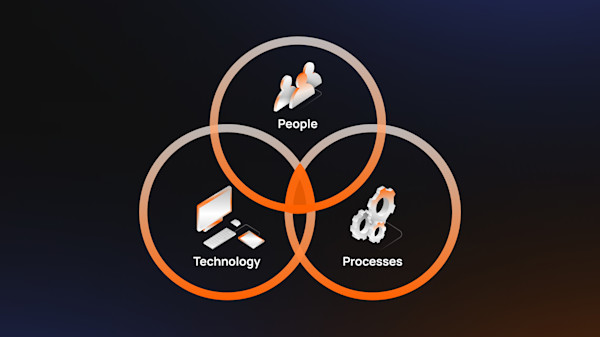Related Articles

How to expand your professional network as a contract worker
For many people, the word 'networking' elicits a sense of dread and evokes images of large event spaces with people nervously milling around with drinks. Or maybe you recall Zoom calls with cheesy ice breakers and people talking over one another. It's easy to see why most people avoid putting themselves in these situations.

Pursuing a digital transformation? Here’s what you need to know
The pursuit of a digital transformation is no longer just for technology companies. Increasingly, more businesses across industries are modernizing their technology in the hopes of meeting increasing customer demand for seamless digital interactions (think chatbots, easy payment processing) and an appetite for more comprehensive brand experiences. According to a 2020 Salesforce report, “88 percent of customers expect companies to accelerate digital initiatives due to COVID-19,” and “80 percent of business buyers expect to conduct more business online post-pandemic compared with before.”